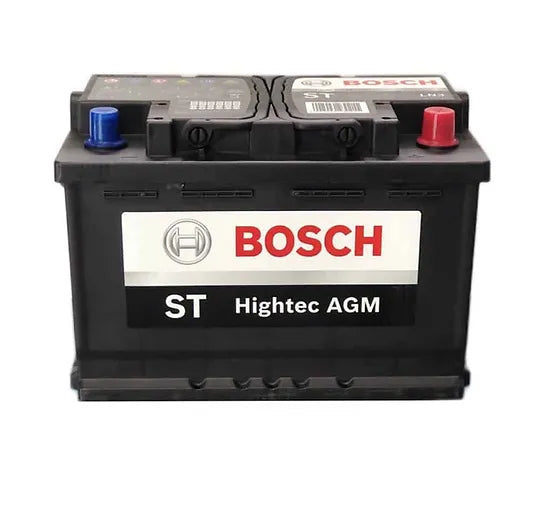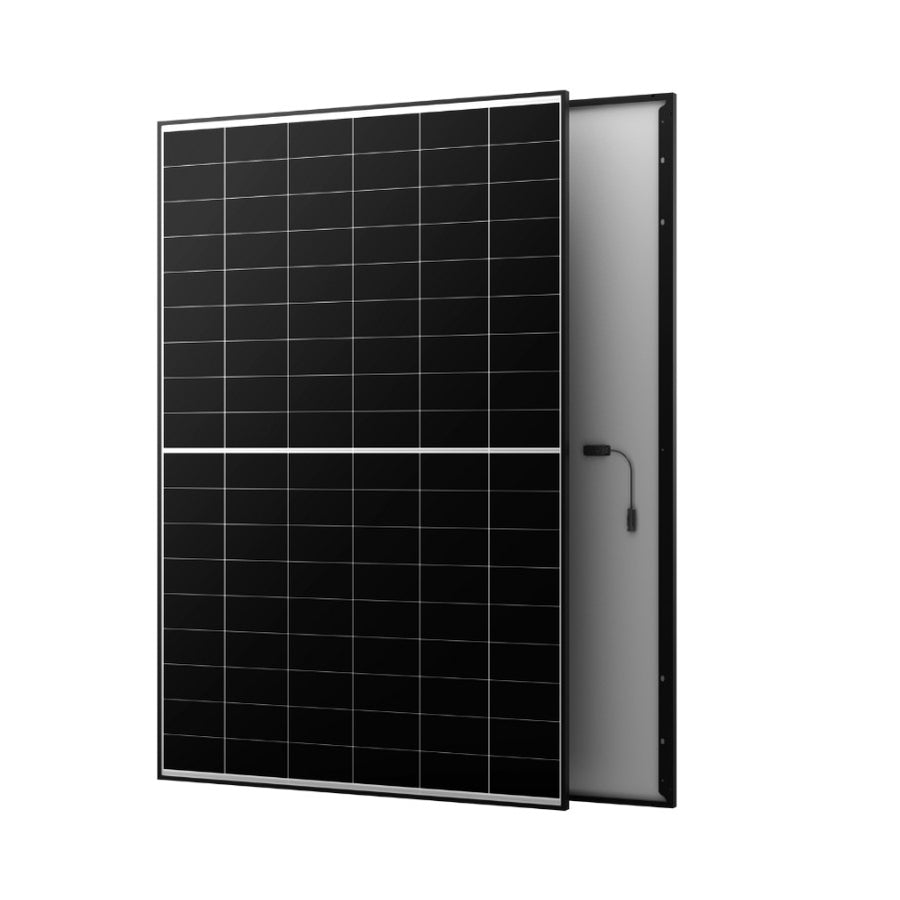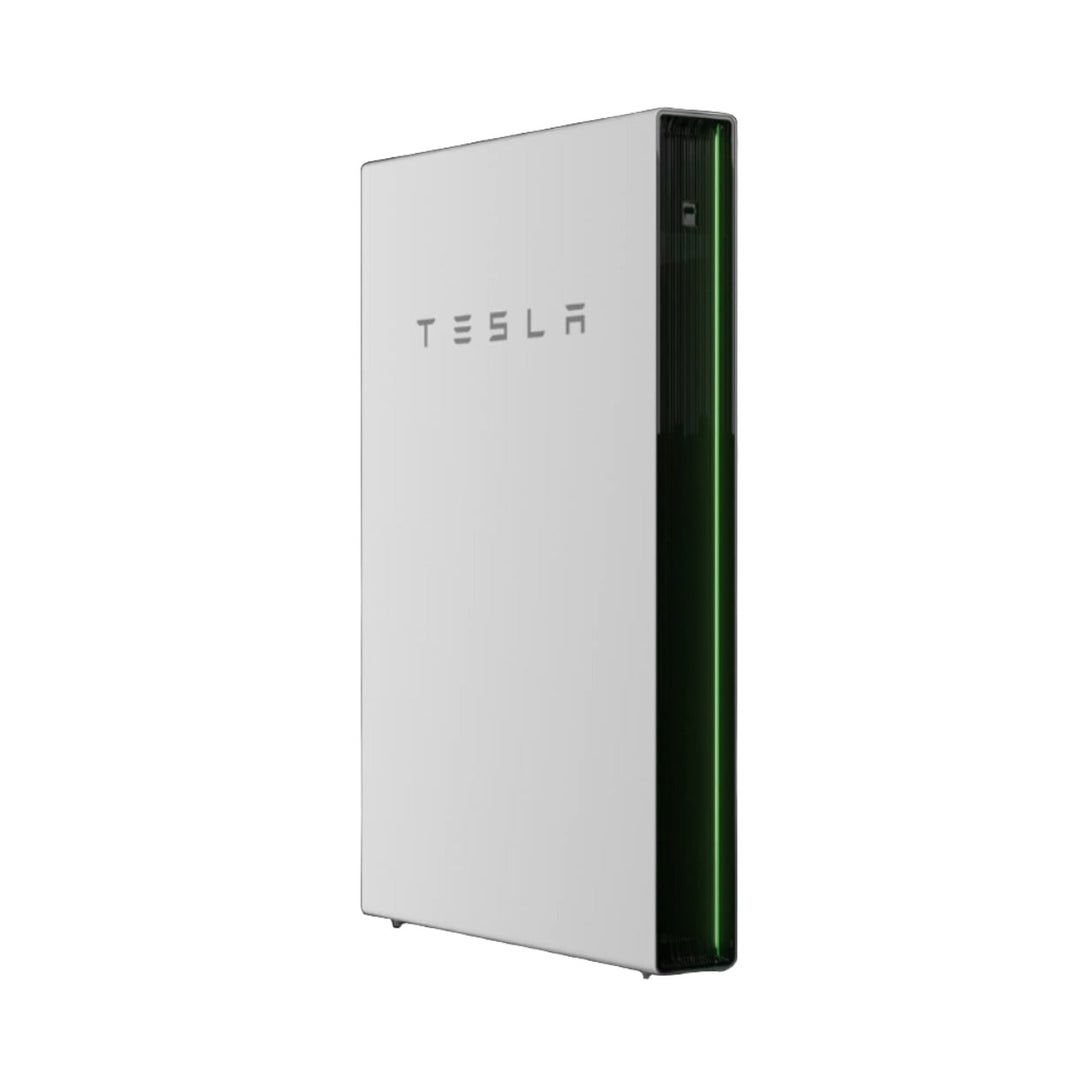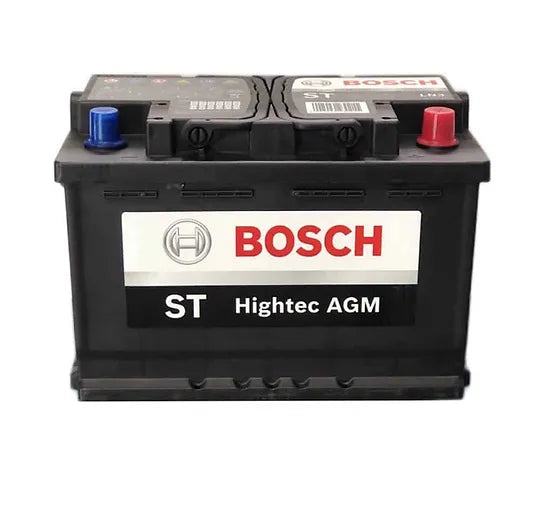CCA and EN Ratings on Car Batteries Explained

CCA and EN Ratings on Car Batteries Explained
Posted on October 10, 2021
What do CCA and EN mean on a battery?
Both CCA and EN are measures of the starting (‘cranking’) power of a battery.
CCA = Cold Cranking Amperes
EN = European Norm
What’s the difference between CCA and EN?
CCA and EN ratings are not equivalent.
CCA and EN are both tested at the same temperature of -17.8°C. However, the EN test is more rigorous, with the battery having to perform at its highest level for a longer period of time. Hence, the equivalent CCA rating for a battery will be higher than its EN rating, since the EN test is harder.
Below is a conversion chart for CCA and EN. You can see that you can't replace a 760 EN battery with a 760 CCA battery - the 760 CCA battery would be under capacity for the car's cranking and electrical system needs.
| CCA | EN |
| 500 | 480 |
| 550 | 520 |
| 600 | 540 |
| 650 | 600 |
| 700 | 640 |
| 750 | 680 |
| 800 | 760 |
| 850 | 790 |
| 900 | 860 |
| 950 | 900 |
| 1000 | 940 |
| 1050 | 1000 |
| 1100 | 1040 |
Why is it important to replace my battery with a battery of equivalent starting power?
The amount of power (or ‘cranking current’) required to start a car varies greatly, depending on the engine size and design, temperature, and accessories (think, air conditioner, seat warmers, stereo etc.). All these factors are taken into consideration when the OE (original equipment) battery is specified by the car manufacturer.
That’s why you should only replace a starter battery with a battery with the same or greater starting power. A replacement battery with less starting power may result in poor performance.
Battery starting power deteriorates as the battery ages, so a battery with higher starting power should give you more confidence over time.
The Tests
CCA
The number of amps a 12-volt battery can deliver at -17.8°C for 30 seconds while maintaining a voltage of at least 7.2 volts. The higher the CCA rating, the greater the starting power of the battery.
EN
The EN test also is performed at -17.8°C. The EN requirement is however split into two levels: EN1 and EN2.
EN1 - The battery is required to meet a voltage of 7.5V after 10 seconds; and after 10 seconds rest, the battery is further discharged @ 0.6 x original current and is required to complete 73s in the second stage, giving a total combined discharge period of 90 seconds (assume initial period equates to (10s/0.6) 16.7 seconds.
EN2 - The first discharge is the same as EN1, but the second discharge period to 6.0V should achieve 133 seconds, giving a total time of 150 seconds. The discharge current’s ability to meet both designs is very much subject to battery design and can vary from manufacturer to manufacturer and design to design. However, as an overview of our competitor benchmarking work at Shield, the relationship between EN1 and EN2 is: EN2 = 0.85% to 0.92% EN1










